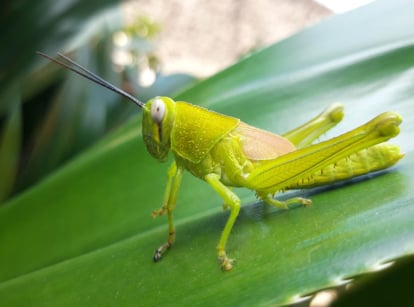
How to Identify, Control, and Prevent Colorado Potato Beetle
The Colorado Potato Beetle is a major pest of potato crops across the world. Learn how to identify and control this little bug in this complete guide by Epic founder Kevin Espiritu.

The Colorado Potato Beetle is a major pest of potato crops across the world. Learn how to identify and control this little bug in this complete guide by Epic founder Kevin Espiritu.

Aphids are a common issue in most gardens, and these pests are vectors for diseases as well as dangerous to plants. We share control tips!

Cutworms are some of the most annoying garden pests, especially because there are so many types! Learn how to get rid of cutworms for good in this complete guide by Kevin Espiritu.

Squash bugs are one of the most annoying fall pests. Find out what they eat, how to identify them, and how to get rid of squash bugs in this guide by Kevin Espiritu.

Cabbage worms can rapidly destroy a brassica plant and feed on all types. Kevin Espiritu discusses control and prevention methods to keep them at bay.

The cabbage looper is an annoying caterpillar that attacks many plants in the vegetable garden and beyond. Learn how to control them in this guide by Kevin Espiritu.

Spider mites are common arachnid-family pests that go after many garden plants. Epic Gardening Founder Kevin Espiritu shares his recommended management and control strategies to use!

Ants are a nuisance in the home and garden. In this article, Epic Gardening Founder Kevin Espiritu explains the common species you'll find in your garden and signs of infestation. Then, follow any of the 10 methods listed to get rid of them.

Are there suddenly holes in the leaves of your favorite plants? A common culprit is the Japanese beetle. Kevin Espiritu explains how to identify and control these invasive bugs.

Grasshoppers decimate a garden quickly if not controlled. Learn how to kill grasshoppers and prevent them from attacking in this guide by Kevin Espiritu.